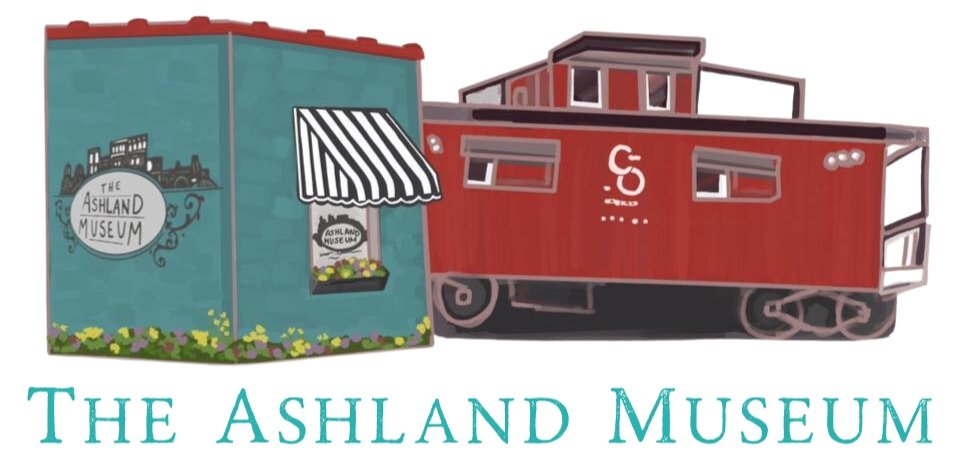A College Comes to Town!
Randolph-Macon College was founded in 1830 in Boydton, Virgina, near the North Carolina border and about 85 miles southeast of Lynchburg. The College was founded by the Virginia Conference of the Methodist Church. The names of John Randolph, a Virginia statesman, and Nathaniel Macon, a North Carolina statesman, were given to the college to dispel the notion that the school was to be only a sectarian one. Neither man was a Methodist.
During the Civil War, the railroad lines to Boydton were destroyed. Looking for a site that would be more accessible to potential students, the trustees of Randolph-Macon College found that the Ashland Hotel, which was adjacent to a major north/south rail line, was for sale, and they purchased the defunct resort. They moved the struggling college to Ashland and began the first classes in the new location on October 1, 1868. That first session had an enrollment of 67 students and a faculty of five.
Students and faculty took over the defunct resort, naming the old hotel “Independence Hall.” But soon they began to outgrow the resort buildings. The original plan had been for the college to eventually move to the racecourse property when it could raise enough funds to construct a proper campus.
The resort property was a temporary solution because it already contained buildings. But the students of the Franklin Literary Society and the Washington Literary Society, led by Jordan Wheat Lambert, jumped the gun and built themselves a proper hall for holding their meetings, establishing their libraries and, most significantly, holding competitive debates and oratory between each other and between Randolph-Macon and other colleges. In 1872, R-MC students raised most of the $12,954 needed to construct the building. After falling into disrepair, it was renovated in 1987 and now serves as an office and classroom building. (See photo below.)
Literary societies were not fraternities. They were entirely student-run organizations in colleges all over the country where their members learned to “declame,” write essays, participate in debates and judge each other in all of those activities. James Scanlon, Randolph-Macon’s historian, calls the literary societies a “parallel curriculum” to the memorize-and-repeat method of teaching that was common on the American campus of the day.
Washington and Franklin Hall, now a national historic landmark building, was the first major building constructed on Randolph-Macon’s Ashland campus.
Jumping ahead to the present day, Randolph-Macon today is the oldest Methodist College in the United States that has been in continuous operation. The college is a nationally ranked, selective liberal arts coeducational college, offering 30 majors to its undergraduates. The 116-acre campus has over 50 buildings and an enrollment of approximately 1200 students.
Much more information about Randolph-Macon College is available from the College website and the College Library Special Collections and Archives.

